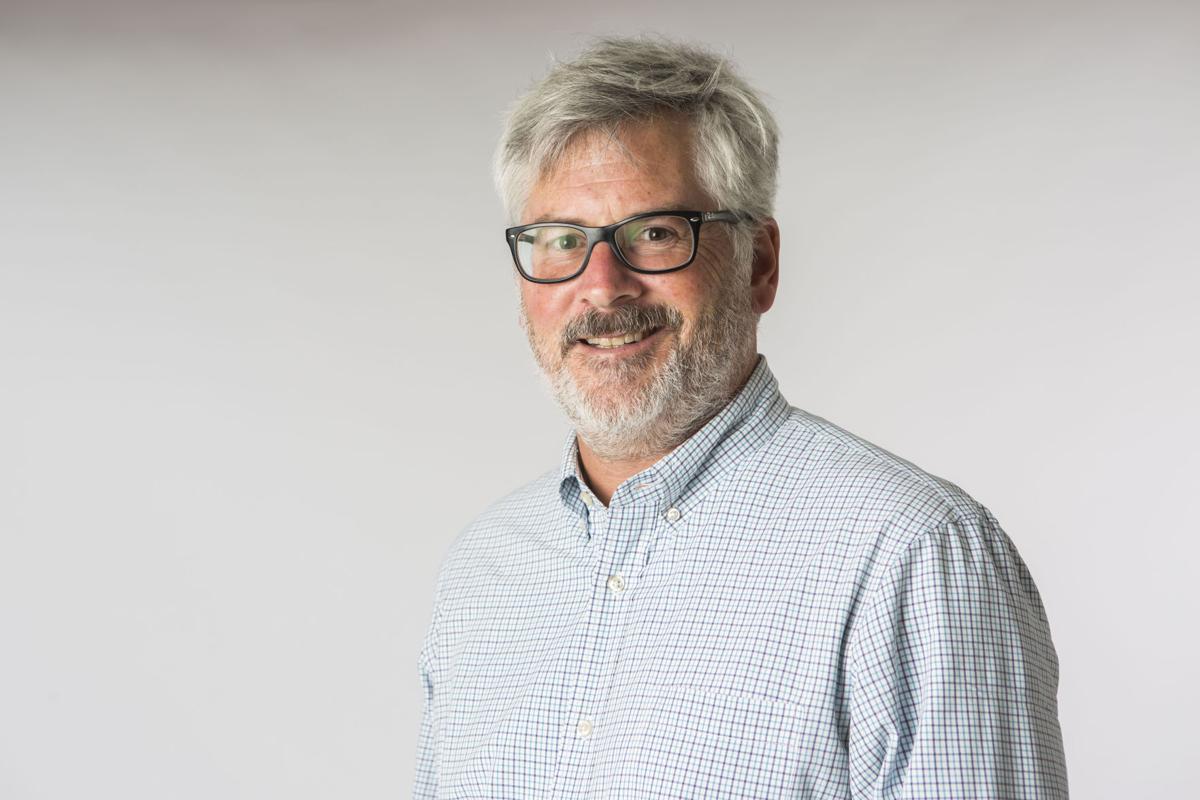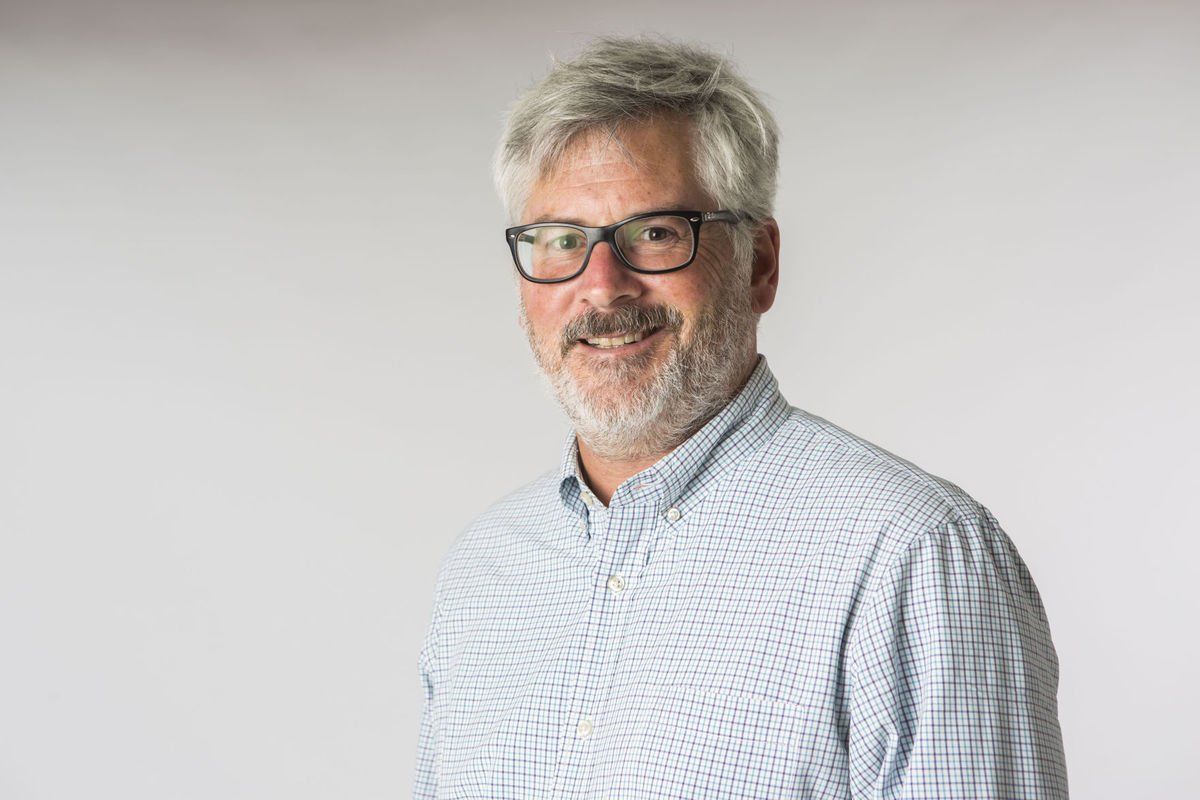
Richard Keller tells students in his medical history and global health classes not to look for happy endings.
“This is pretty depressing material. But of course there are important moments when we see solutions beginning to emerge, when we see human solidarity coming together to solve a problem,” said Keller, a professor of medical history and bioethics at University of Wisconsin School of Medicine and Public Health in Madison.
Keller, 47, focuses on the historical and cultural dimensions of global health, and how they relate to health disasters.
For all modern medicine has learned about viruses and bacteria, they are only one critical component in the spread of infectious disease, Keller says. Poor health care systems, poor sanitation, lack of education and lack of primary care all play their roles in what diseases spread like wildfire and who suffers.
With U.S. athletes saying they won’t go to the Olympic Games, opening in Rio on Aug. 5, because of Zika and a majority of the public saying the virus poses a threat, Keller talked with the Cap Times about health disasters real and mostly hyped.
You tell your students “there are no happy endings” in their course materials. So, what brought you to specialize in a field with so many tragic stories?
I’ve always been fascinated by the intersection of health and society. If you look at global health inequality and global health problems, almost invariably you’ll find at least one significant social component.
With the opening of the Olympic Games in Rio de Janeiro just days away, we’re seeing media reports on athletes agonizing over whether they can participate and risk being infected with Zika virus. Are fears about infection overblown, like they were over Ebola in 2014?
As far as Zika is concerned, I wouldn’t say that we’ve yet seen hysteria, or overblown anxiety, perhaps because we know so little about it. It’s a disease that’s been studied for about a half century, but it seems to have changed quite significantly as it moved from Uganda to the South Pacific, to Latin America. And any time we learn anything new about Zika, it seems that the news keeps getting a little bit worse. The causal relationship between Zika and microcephaly has been made, and there are links to Guillain-Barré syndrome, but other neurological symptoms of the infection are not clear.
But it’s not exactly dominating the news.
If we see more cases in the United States, which we almost certainly will, that might change. But with a disease like Zika you need a critical mass of a population that’s infected, plus a vector – a mosquito, plus a population susceptible to being infected. There’s a large socio-economic difference between the southern U.S. and places like Columbia and Brazil where the epidemic has been raging. In the southern U.S., most people have air conditioning, they have screens on the windows. Yes, you get bitten by mosquitoes, but not nearly as often as if you live in northeast Brazil in one of the poorest part of the country where the windows are open, there are no screens and few people have mosquito nets. As you go further north, the mosquitos we have in Wisconsin, for instance, don’t seem to be able to carry Zika. It’s really about whether there is a critical ecology for the spread of the disease, but an attitude of precaution probably makes sense until we know more.
More than a dozen athletes say they won’t go to Rio because of Zika.
The people who say they are not going to the Olympics because of Zika, most of them play sports that are not solely Olympic sports, like golfers. Those for whom medaling in the Olympic is their only shot are still going. I think people are using Zika as an excuse to not go to Olympics that look terribly disorganized in a country experiencing a number of crises.
Did the media overstate the risk to the American public from Ebola?
I think that did happen to some degree. Of course, there are very good reasons to be scared of a disease like Ebola, but it’s not the kind of disease that’s going to spark a global pandemic. If you have a functioning health system and can isolate cases, you can slow transmission enough that you don’t’ have these explosive outbreaks like you saw in West Africa. But I understand where the impulse comes form.
Has there been sufficient response to the Zika outbreak by world health organizations, like we saw mounted in response to Ebola?
It happened, but it happened late with Ebola. The World Health Organization has said officials learned relatively early on that social interventions were the most important in terms of stopping the spread of the disease, but it was slow to implement them.
Interventions like teaching people not to touch the bodies of people who died from the infection?
Exactly. They needed people who were fluent in both western biomedical culture an in local traditions who could translate — not just language, but culturally — why it was so important not to wash bodies, to report contacts immediately, to get people to the hospital. I’m not saying they needed fewer doctors, but they needed more sociologists, more anthropologists who had that kind of expertise. I think WHO and the Pan American Health Organization have learned from the relatively slow response to Ebola and pulled out all the stops with Zika. But it’s difficult to control mosquitos in Brazil.
So do Americans get concerned about infectious disease outbreak only when a deadly disease seems to be headed toward us?
There’s significant truth to that, but it is understandable. Ebola, for example, is an exotic disease — it’s scary, it comes from another place, and that very exoticism is part of what makes it so threatening, and so provokes such anxiety. You see the same thing in the 19th century around diseases like cholera. Cholera was a disease that came from southern Asia and made its way through colonial trade networks on ships to Europe. And it ravaged European cities by exploiting the ecologies of cities that didn’t have any sewage treatment or water filtration. It killed tens of thousands, but at the same time, diseases like tuberculosis and smallpox killed far more people.
And there wasn’t the same kind of hysteria about them?
They were part of the normal experience, so you didn’t see the same kind of anxiety then. Ebola has killed maybe 30,000 people total in its entire history; flu kills 36,000 Americans every year.
You recently published a book on the deadly 2003 heat wave in Europe, “Fatal lsolation.” What were the social forces at work there?
Susan Cutter at the University of South Carolina has developed a social vulnerability index that looks at a whole range of factors — including age, ethnicity, poverty level, tenancy rates in a community — that can tell you whether a population is at risk of suffering during a natural disaster or if a population is resilient. If you look at the heat wave of 2003, the critical vulnerability factors were age, poverty and social isolation. The combination made for a perfect storm. Of 15,000 deaths in France, over 12,000 were age 75 and older. And with changes in climate, an aging population and economic inequality, we’re looking at a perfect storm brewing again in the not too distant future.
Is there resistance by policy makers to acknowledge and prepare for disasters brought by climate change?
In Europe and the rest of the world it is completely uncontroversial; they are on board with the notion of anthroprogenic climate change and understand that we can do as much as we want to try to mitigate it, but mostly we need to work on adaptation now. In the United States, it’s been more of a hot button issue politically. Where I think you will see real change is not the federal level but the local level and state or regional level. Some states have adopted climate change plans, and you see individual cities moving toward sustainability initiatives.
What potential health disasters are looming on the horizon?
Antibiotics resistance is a critical issue that I think merits serious concern. Antibiotic resistance in general is a function of the overuse of antibiotics in agriculture, as in the United States where there is a lot of profit to be made in selling meat cheaply. Resistance of a particular disease to drugs is another problem. You’ve got people who get treated for tuberculosis, they don’t finish the course of treatment and you see patterns of antibiotic resistance emerge. This is a particularly serious issue in Russia, where the health system broke down with the Soviet Union. Under-vaccination is another critical issue. And here we have distinct populations that are under-vaccinated. There are small populations like the Amish who tend not to vaccinate. You have basically very poor or undocumented immigrants who aren’t getting primary care they need. And you also have affluent communities on both the right and the left who probably agree on very few things, except not to vaccinate.
Any bright spots in world health?
Maternal mortality seems to be on the downturn globally. That’s a good sign attributable largely to expanding primary care networks in the developing world. And there have been positive developments in treating TB. Paul Farmer, a founder of Partners in Health, studied TB treatment in Haiti and found that it wasn’t that people didn’t want to take their full course of medication, it was that they had to walk seven miles to the clinic to get it. So he employed local health workers to bring people their drugs in their houses and watch them take their medicine. And he started giving patients a nutritional allowance so they got not only medication but also food. That also dramatically improved health outcomes.
Social intervention again.
So here’s the rosy outlook. There is solid evidence emerging that combined social and medical interventions are able to improve public health. This has been demonstrated on a small scale. The question is how to scale that up to a larger population and address not only the biological causes but also the root causes.
[Source:- The Cap Times]



